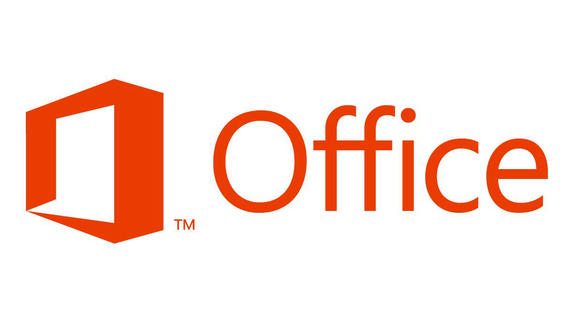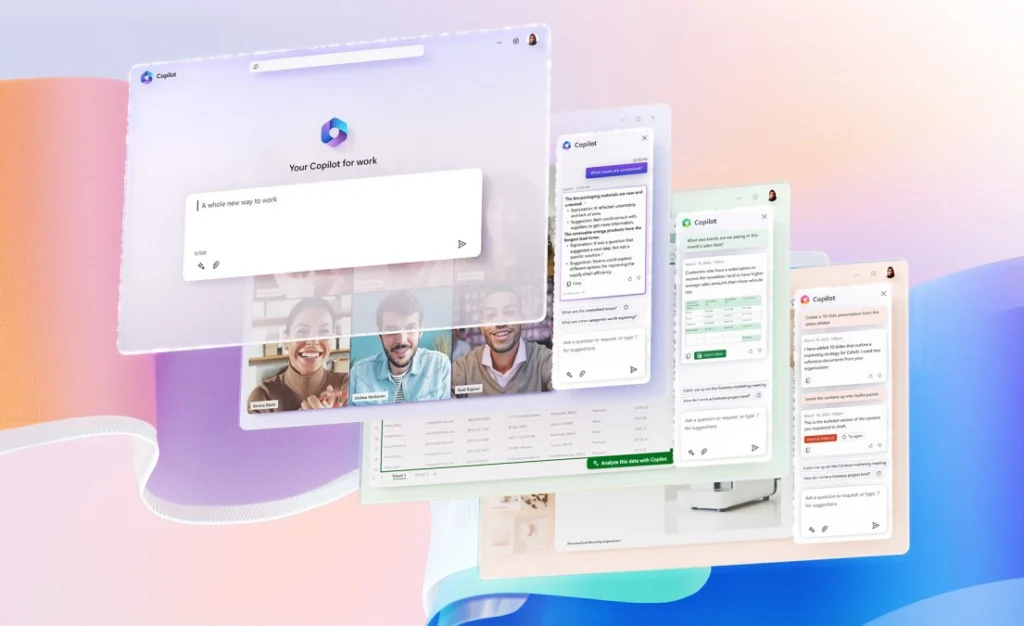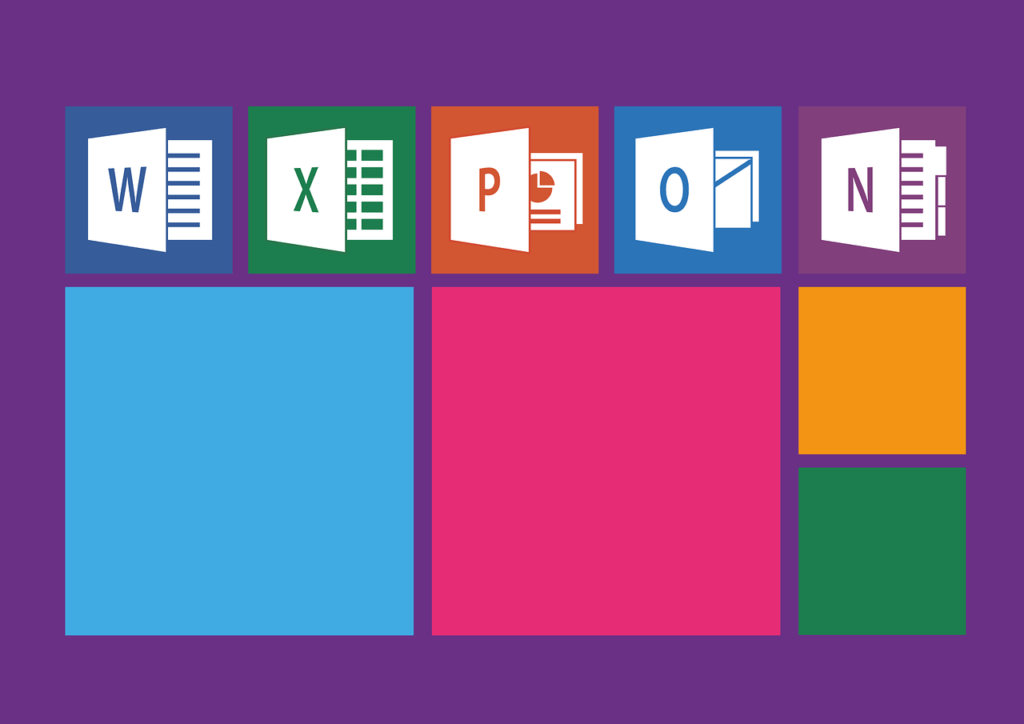There have been rumors floating around for at least a year that Microsoft is developing a version of the popular Microsoft Office productivity suite for the iPad. Actually, I first wrote an article suggesting that Microsoft jump on that concept for PCWorld nearly three years ago. Many pundits counter that Microsoft won’t do that because it needs to drive sales of Windows, and its own Surface tablets, and Office is apparently the carrot Microsoft needs to lure customers.
There are a few problems with that logic. First, it won’t work. I am a huge fan of Microsoft Office, and I think that all of the allegedly compatible alternatives pale in comparison. However, my feelings about Microsoft Office would not sway my purchasing decision when it comes to buying a new PC or tablet. Judging by the massive success of the Apple iPad and skyrocketing popularity of Android tablets, compared with the tepid response and weak market share of Windows-based tablets, it seems that the lure of Office isn’t really swaying anyone else either.
Second, the fact that Office alone won’t sway purchasing decisions, combined with the lack of a true Microsoft Office suite for alternative platforms, will drive users away from Office. In a nutshell, a “strategy” to lure customers to Microsoft Windows devices in order to get access to Microsoft Office will backfire, and the result will instead be declining relevance for Microsoft Office. The alternative productivity suites and apps can’t compete head-to-head with Microsoft Office, but if Microsoft Office isn’t even an option, they’re good enough. And, if customers get comfortable using alternative productivity software on devices where Microsoft Office isn’t an option, they may very well transition to using those tools even on Microsoft Windows where Microsoft Office is an option just for the sake of consistency.
Third, Microsoft is leaving money on the table. An analyst recently pegged the potential lost revenue at $2.5 billion per year. That math is based on assuming the percentage of Windows users that have Office would be the same for the iPad (30 percent), and multiplying that percentage times the overall base of iPad users (200 million), and taking that result times an assumed price of $60 for the Office for iPad suite…minus the 30 percent cut Apple takes.
The problem with that math is that Microsoft won’t charge $60 for Office for iPad. It only costs $30 to buy the Apple iWorks equivalents (Pages, Numbers, and Keynote are $10 each), and Microsoft already offers OneNote, Lync, and SkyDrive for iOS for free. But, Microsoft does want to push users to embrace the subscription model of Office 365, which includes the ability to install / use Office on up to five devices. That pitch will resonate with a lot more users if one of those devices can be their iPad. So, Microsoft won’t rake in $60 per user for Office for iPad, but it could significantly boost adoption of Office 365.
Microsoft will not sell Surface tablets by extorting customers with the promise of Microsoft Office.
I will close by quoting something I wrote a year ago: “The bottom line is this—Microsoft’s virtual monopoly of the PC market is fading, and–even if it’s wildly successful with smartphones and tablets–it will never have a dominant share of the mobile market. Ignoring iOS and Android means leaving millions of users without Microsoft Office, and eroding the relevance of the Microsoft productivity suite.”
- AI Voice Clones and Mobile Phishing: The Cyber Threats You’re Not Ready For - July 11, 2025
- Rethinking Cloud Security for the Evolving Threat Landscape - July 11, 2025
- Why Data Security Is the Real AI Risk - June 30, 2025




Comments are closed.